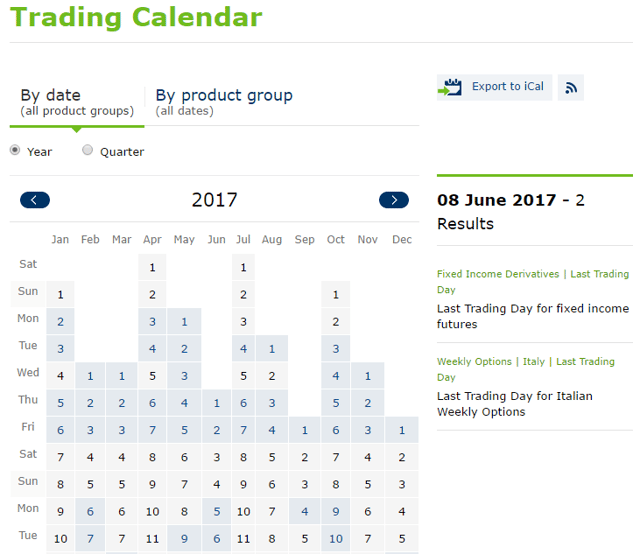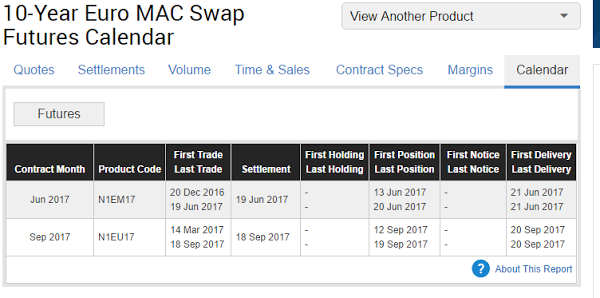
In this four-part series, FundApps will explore some of the more complicated aspects of exchange-traded derivatives limits in detail. We'll be covering regulation set by the CFTC, MiFID II and the HKEX.
For the calculation of spot month position thresholds, exchange calendar information is required, typically to identify the point in time at which the spot limit becomes effective.
For example, the spot limit may be effective from 'the close of business of the 5th trading day before the last trading day of the delivery month'. In other words, in order to ensure compliance against the spot month limit in this instance, a market participant must know the last trade date of the contract.
This is where the fun starts.
Last trade date is a detail held only by the exchange on which the contract is traded. So, getting hold of that information can be done one of two ways:
- The market participant manually checks each contract they hold for the last trade date (exchanges will typically hold this information one year ahead).
- The market participant looks to build something that enables them to automatically check the contract information on the exchange’s website.
An automated solution would be the most desirable, regardless of the number of base commodity contracts held: manually checking dates tasks a lot of time and mistakes can be made. However, if the market participant trades across multiple exchanges, the scope of work increases exponentially. Additionally, if a holder has just one contract on an exchange, does it make sense to automatically obtain the calendar information - or would a manual process suffice?
If the number of contracts held across multiple exchanges warrant an automated solution, the next challenge appears in the form of each exchange representing contract information in a different manner. Let’s take two examples here:

EUREX
With EUREX, an interactive calendar is shown with the contract specific details on the right hand side.

CBOT
With CBOT, the contract information is tabulated with multiple months displayed together.
Note also the number of data points available:
- Expiry Month;
- Last Trade Date;
- Settlement Date;
- Last Delivery Date.
This is just the difference between two exchanges. With every exchange representing different calendar information in different formats, the analysis and technical expertise to obtain the required information is an almighty and one that would scare off many users to decide on a manual solution.
Without the relevant calendar information, spot limits cannot be monitored, making compliance impossible.
To find more useful position limits content and to stay up to date with the latest regulatory developments, join FundApps' Position Limits group on LinkedIn.
